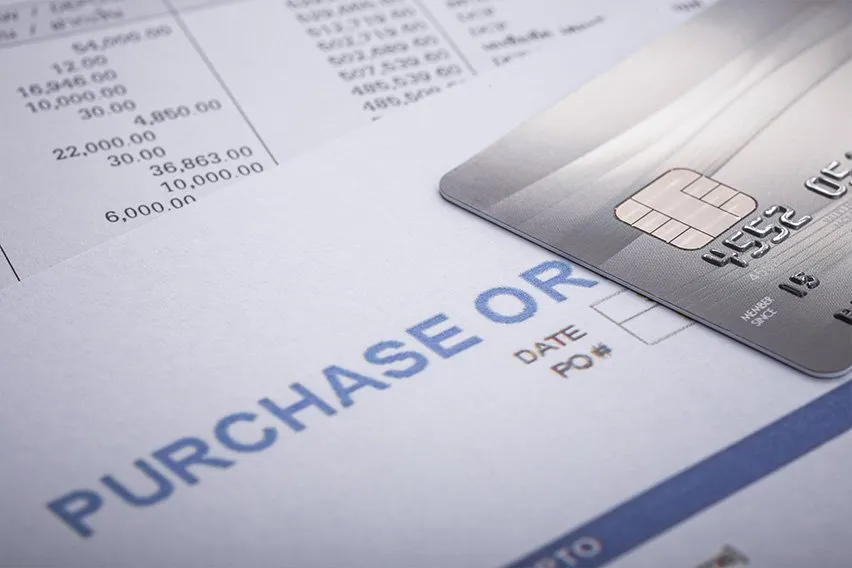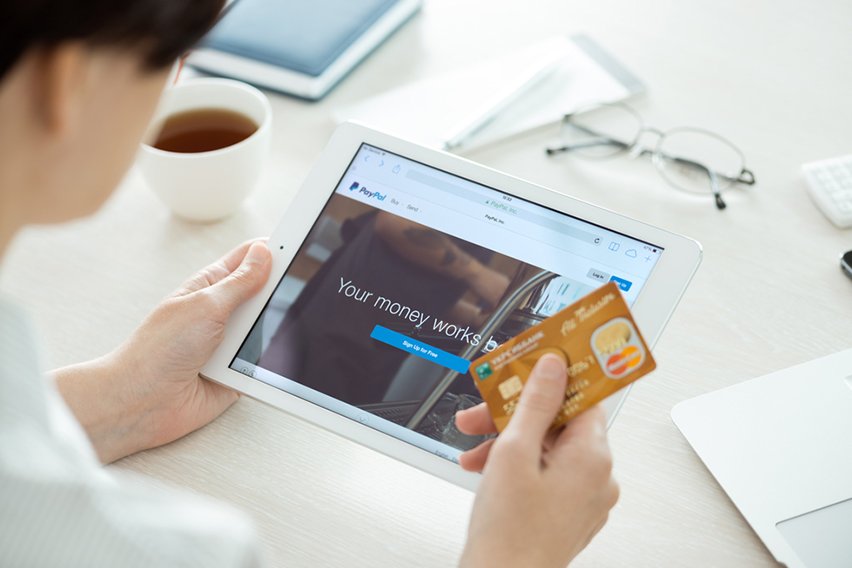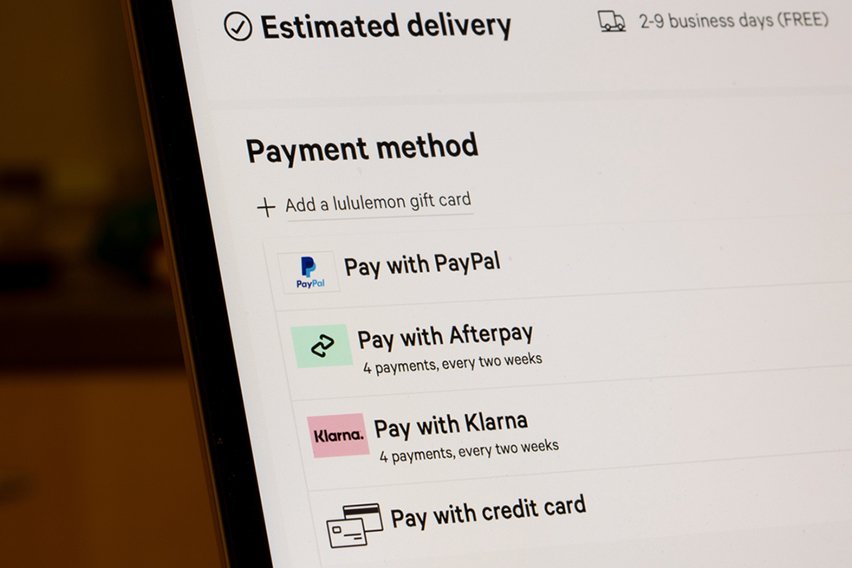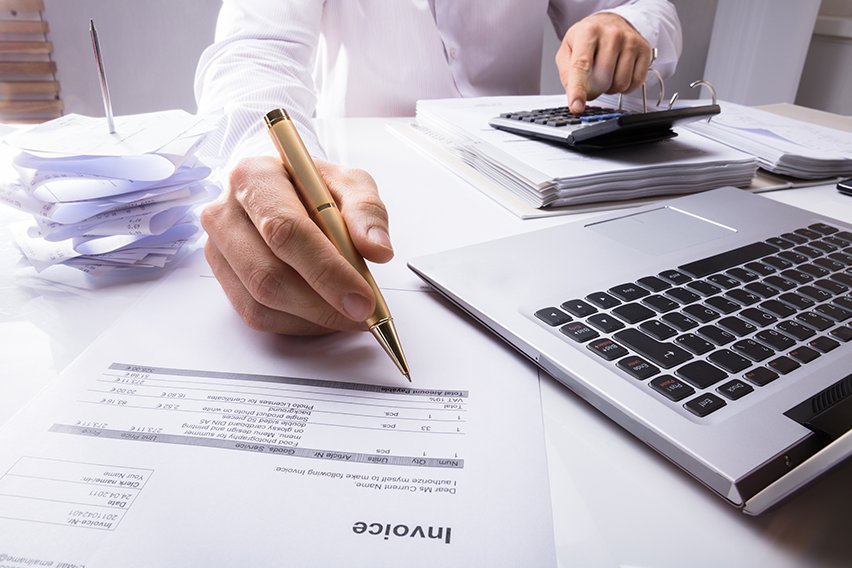What Is a P.O. Number on an Invoice? Purchase Order Numbers Explained

A P.O. or Purchase Order number is a unique number assigned to a purchase order form. The purchase order details the products or services a business wishes to receive from a particular vendor (or supplier). The purchase order number will be referenced throughout the transaction process by both buyer and seller.
Here’s What We’ll Cover:
How Do Purchase Orders and Invoices Work?
What Is P.O. Invoice and Non-P.O. Invoice?
How Do You Create a P.O. Number?
What Information Should Be on a Purchase Order?
How Do Purchase Orders and Invoices Work?
A Purchase Order is created and issued by the buyer (or client) of a product or service at the start of a transaction. It details the particulars of a sale, such as the products or services required, the amounts, and the agreed upon pricing. A properly filled out purchase order should be detailed enough that the seller will understand it easily, without the need to ask questions. Since the purchase order is approved by both parties, it is considered legally binding.

The purchase order number, usually found at the top of the form, will be referenced continuously throughout the transaction, such as in client phone calls, shipping forms and eventually the invoice.
An invoice is issued by the seller towards the end of the transaction, upon completion of the terms as outlined in the purchase order. The invoice is the bill. As with the purchase order, it will list the details of the products or services the seller delivered or provided, quantities and price. It will also reference the P.O. number to show that this transaction was pre-approved. Upon receipt, the buyer is expected to pay it within the terms previously agreed upon (for instance, the seller may require payments from all its vendors within 30 days).
What Is P.O. Invoice and Non-P.O. Invoice?
A P.O. invoice is an invoice that references the purchase order number in the actual invoice. A non-P.O. invoice does not. A non-P.O. invoice means that the purchase order was not created or required for the transaction being billed for. The reasons for not generating a purchase order could include:
- The order was urgent and processed quickly (in other words, the customer did not have time to issue one).
- The transaction was under a specific dollar figure. The policy of many companies is to not provide P.O.s for every transaction, only for ones that exceed a specific dollar amount. For instance, a company may not require purchase orders on all transactions under $10,000. If it does, then a purchase order is required for management’s approval.
- The business needing the service or product is so small that they do not have the resources in place for a proper accounting or purchase order system.

How Do You Create a P.O. Number?
Although there is nothing stopping a small business from simply just creating its own purchase order template and assigning numbers to each new order, licensing a professional purchase order system (as part of a larger accounting software solution) will save a lot of time and effort.
Accounting software will automatically generate fields for the entry of purchase order information, and assign a new and unique number to each one. A proper software accounting system will also automatically route purchase orders for sign off.
What Information Should Be on a Purchase Order?
A Purchase Order requires the entering of detailed information, so as to not be misinterpreted later. Please consult “How Purchase Orders Work” for a complete breakdown of what should be included in a Purchase Order.
RELATED ARTICLES

 Tuckman’s Theory: Five Stages of Team Development
Tuckman’s Theory: Five Stages of Team Development Steps on How to Transfer Money From Bank to PayPal Account
Steps on How to Transfer Money From Bank to PayPal Account How to Cancel a Recurring Payment on PayPal or Subscription
How to Cancel a Recurring Payment on PayPal or Subscription What Is Invoice Financing? Definition & How Does It Work Guide
What Is Invoice Financing? Definition & How Does It Work Guide What Is an e-Receipt & How It Is Helpful to Business?
What Is an e-Receipt & How It Is Helpful to Business? Invoice Discounting vs Factoring: What’s the Difference?
Invoice Discounting vs Factoring: What’s the Difference?